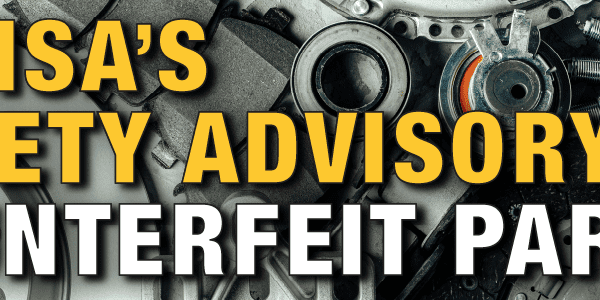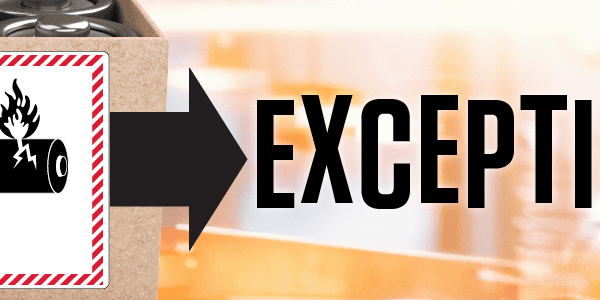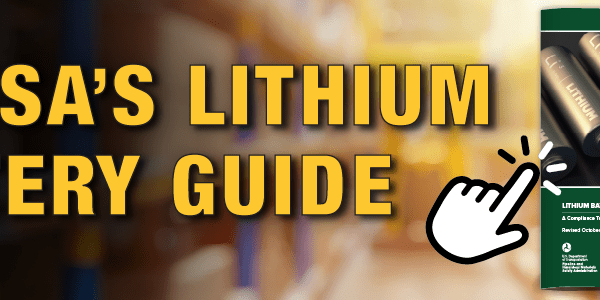This post was originally published in October 2018 and has been updated in April 2022 for accuracy.

Almost always the authorization column in the shipper’s declaration is left blank, but when you need to add something in there, you must add it in there. Section 8.6.1.9.4 of the IATA Regulations provides when and what to add when required. Now sometimes we forget to read the “notes” in the Regulations.
Here’s my story
A customer called in first thing Monday morning to get help on shipping an engine. It was an urgent shipment, and he had to get it out ASAP. I said, “No problem. We can help.” It’s what we do. It was going via air, and since it was a domestic shipment he can drop the shipment off to the airline directly for it to leave later that day.
Packaging for an engine
Engines vary in size, clearly. I asked our customer if his engine was packaged, and he said no, but it was strapped on a wooden pallet with 2×4 lumber on corners of the pallet for support. So, I asked him to email me a picture to understand what he meant by that. The picture showed the engine was visible, and the corners with the lumber in upright position did not affect the identification of the engine. I told our customer that all he needed was the shipper’s declaration. We created the declaration, he picked up the colored copies from our office and dropped off the engine with the declaration to the airline with plenty of time before cut-off.
2 o’clock hits
We get a phone call from the airline that the shipment is rejected. Panic hits. I asked what the reason for rejection is; the airline DG agent said the shipment needs markings and label. I said, “No, it doesn’t as per Special Provision A87.” I asked him (politely) to grab his current IATA so that he can see what I am referring to. He did and said, “Oh okay. It doesn’t need it, but it’s still rejected”. Now what? The agent said the shipper’s declaration needs the special provision number added in the authorization column. I said it doesn’t, and he said it does. Again, asked him to refer to section 8.6.1.9.4 while trying to keep calm. Told him to read “Step 9 (a)” and the note directly below. He said, “Oh”. I love his next comment to me, “You really know your stuff”. I had to laugh and responded, “Unfortunately not everything, but yeah most of it”. He commented that he is used to seeing the special provision number(s) written in the authorization column so he assumed anytime anyone uses a special provision, it must noted. This is what drives me bonkers sometimes. People note things down when it’s not required (may vs. must), and people assume it is a requirement, and they reject/question it without actually looking at the particular section(s) of the Regulations.
Knowledge gained
Something these rejections can lead to is knowledge sharing, from both sides, whether you’re the shipper or carrier. I have made my share of mistakes, happy to say nothing crucial, and learned from it. I know that I have provided this DG agent with knowledge that he won’t likely forget for future shipments.
Stay up to date and sign up for our newsletter!
We have all the products, services and training you need to ensure your staff is properly trained and informed.
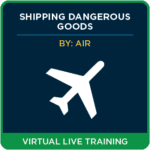 Shipping Dangerous Goods by Air Training Courses |
 Shipping by Air Declaration Forms |
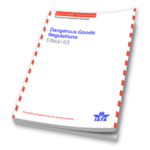 IATA Publications |
This post was originally written by Racheal Mani.

